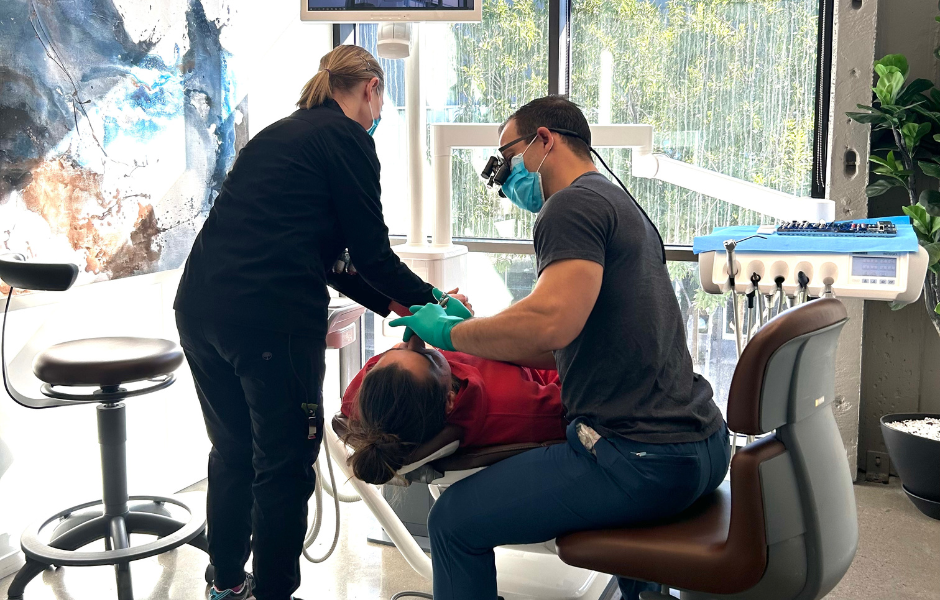
Endodontic treatment, commonly referred to as a root canal, is a specialized dental procedure aimed at saving a severely damaged or infected tooth. As a dental professional, it is crucial to understand when such treatment is necessary and beneficial for your patients. In this blog post, we will explore the indicators that suggest endodontic treatment might be the best course of action. Let’s dive in!
Persistent Tooth Pain
One of the most prominent signs that a patient may require endodontic treatment is persistent tooth pain. This pain may manifest as a constant ache, sensitivity to hot or cold stimuli, or discomfort while biting or chewing. It is essential to evaluate the duration, intensity, and frequency of the pain to determine if endodontic intervention is necessary.
Swelling and Gum Sensitivity
Inflamed gums, accompanied by tenderness and swelling around the affected tooth, can be indicative of the need for endodontic treatment. These symptoms often occur when the pulp inside the tooth becomes infected or inflamed, leading to an abscess or gum infection. Timely diagnosis and treatment are vital to prevent further complications.
Deep Decay or Trauma
Teeth that have been subject to deep decay or trauma, such as cracks or fractures, may require endodontic treatment. These conditions can expose the inner pulp tissue to bacteria, leading to infection and subsequent pain. Addressing the issue promptly through a root canal can salvage the tooth and restore its functionality.
Prolonged Sensitivity
While tooth sensitivity is common, especially with hot or cold temperatures, prolonged or excessive sensitivity could signify the need for endodontic treatment. If a patient experiences sensitivity lasting for more than a few seconds or increasing in severity over time, it may indicate underlying issues requiring professional attention.
Darkened or Discolored Tooth
Discoloration or darkening of a tooth can indicate that the nerve inside the tooth has suffered damage or decay. This discoloration may be a result of the breakdown of blood vessels within the pulp or the accumulation of bacterial pigments. In such cases, endodontic treatment may be necessary to save the tooth and restore its natural appearance.
X-ray Findings
Radiographic examinations play a crucial role in identifying dental issues that may require endodontic treatment. X-rays can reveal the extent of tooth decay, cracks, or fractures, providing valuable insights into the condition of the tooth’s root and surrounding structures. Combined with clinical symptoms, these findings aid in making an accurate diagnosis.
Knowing when endodontic treatment is right for your patients requires careful evaluation of their symptoms, clinical findings, and radiographic evidence. By recognizing the signs discussed in this blog post, you can effectively determine when a patient would benefit from a root canal procedure. Remember, early intervention and timely treatment are paramount to saving teeth and restoring oral health.
Ready to bring endodontic training to your DSO? Schedule a demo with us today!
Sources:
- American Association of Endodontists. (n.d.). Root Canals Explained. Retrieved from https://www.aae.org/patients/root-canal-treatment/root-canals-explained/
- Mayo Clinic. (2021, October 22). Root canal. Retrieved from https://www.mayoclinic.org/tests-procedures/root-canal/about/pac-20384631










